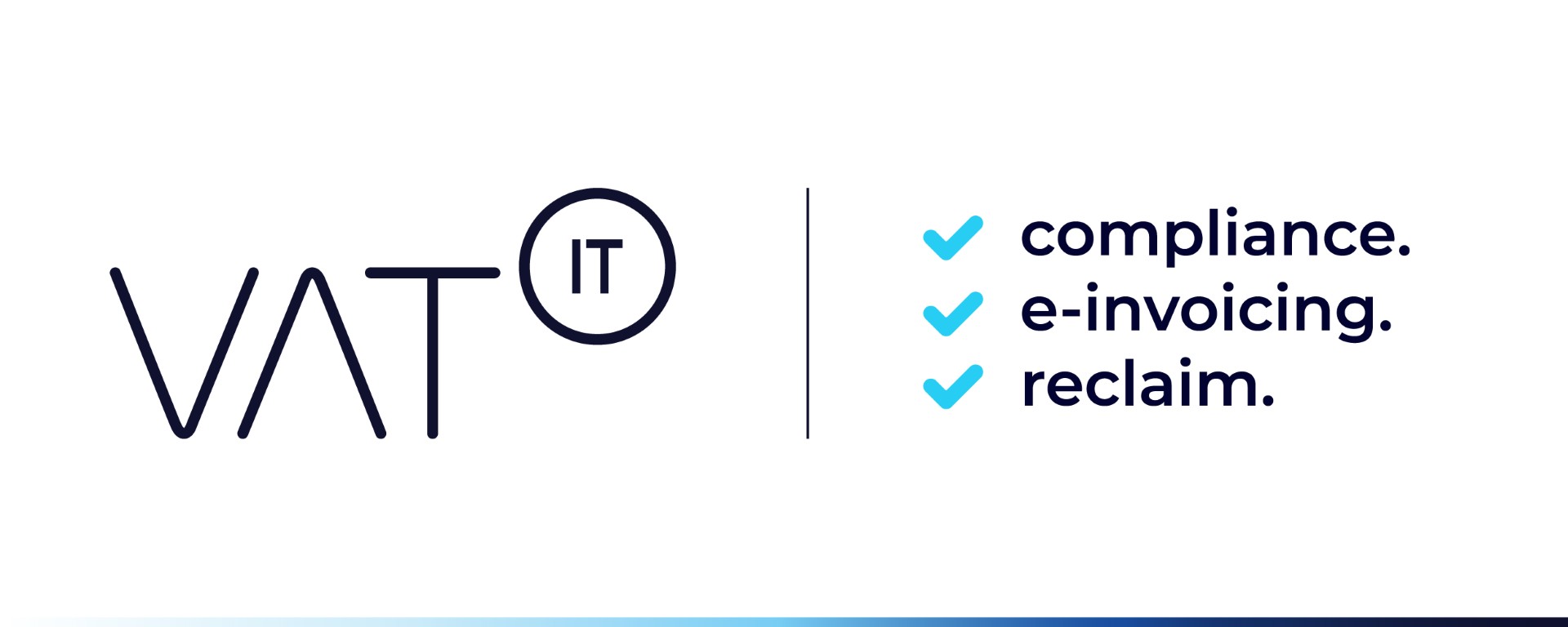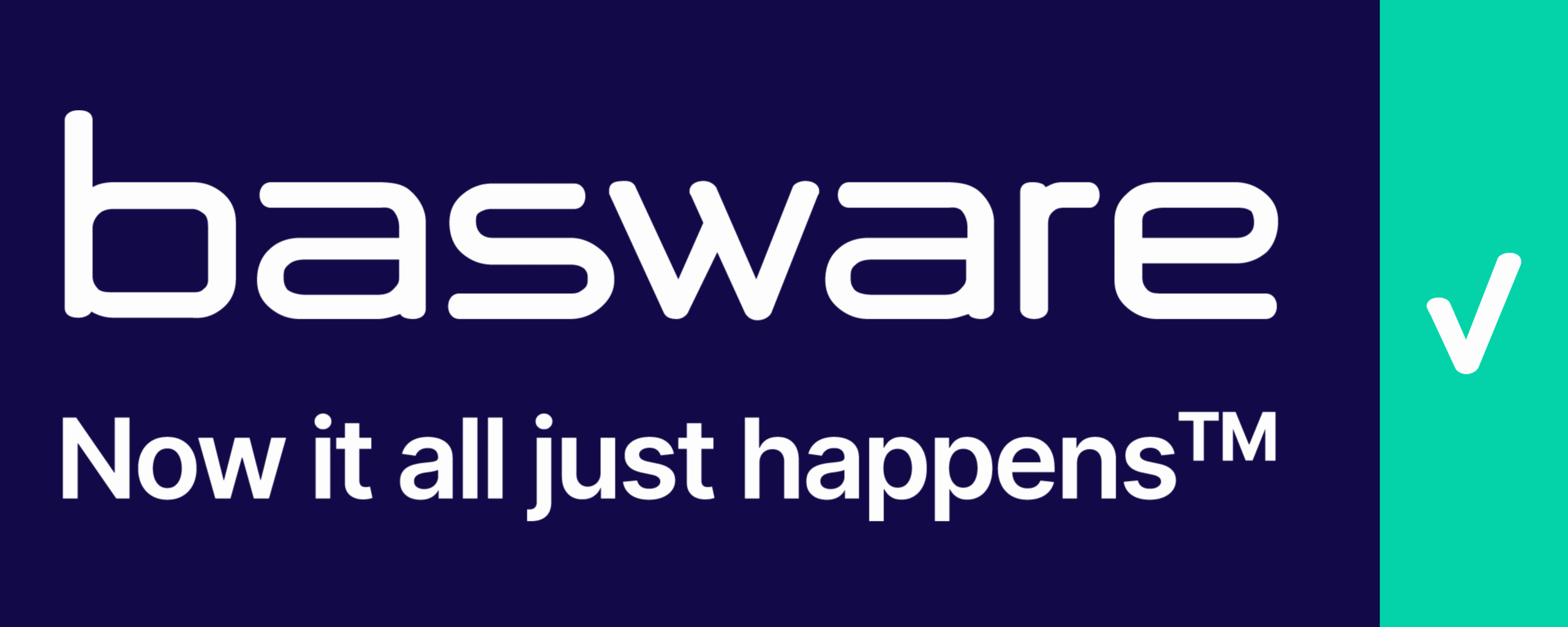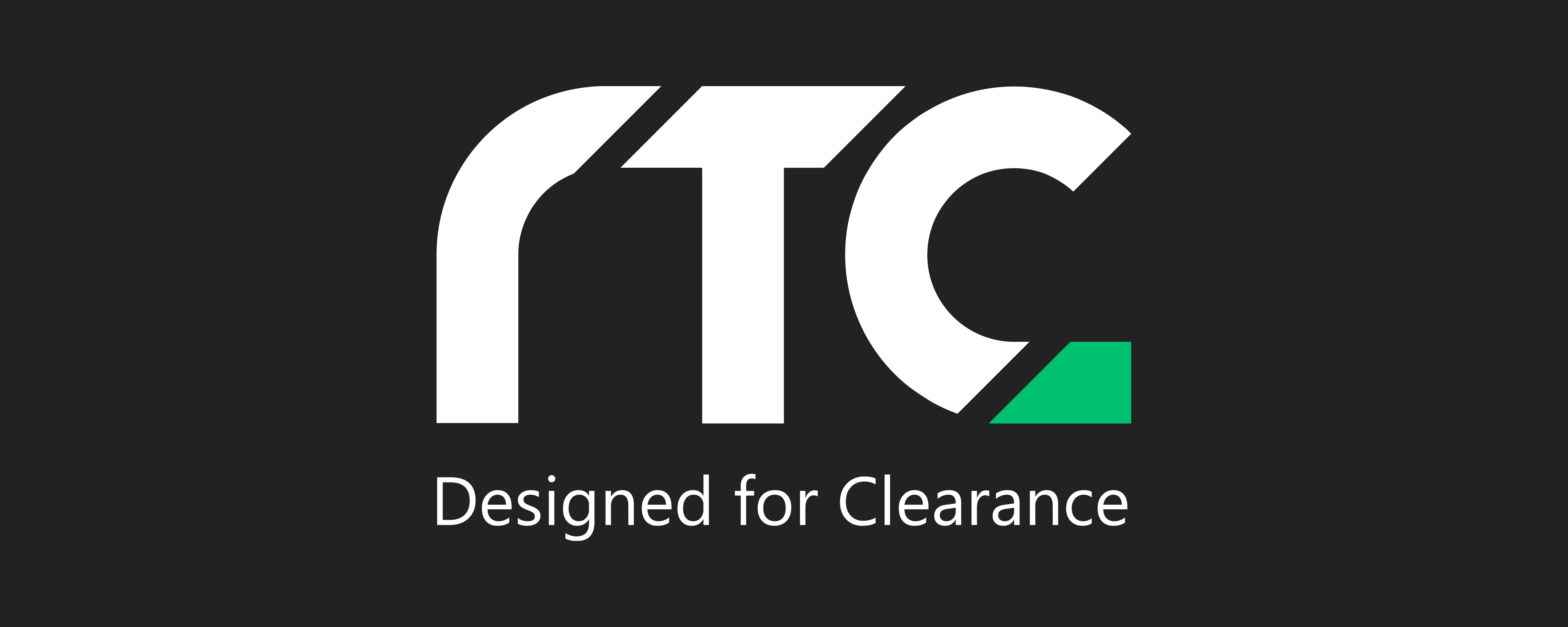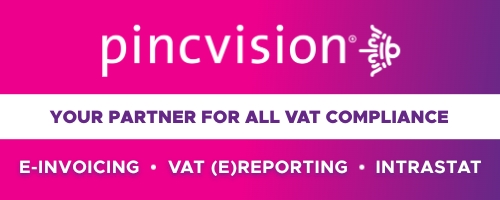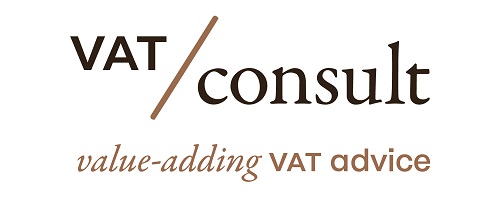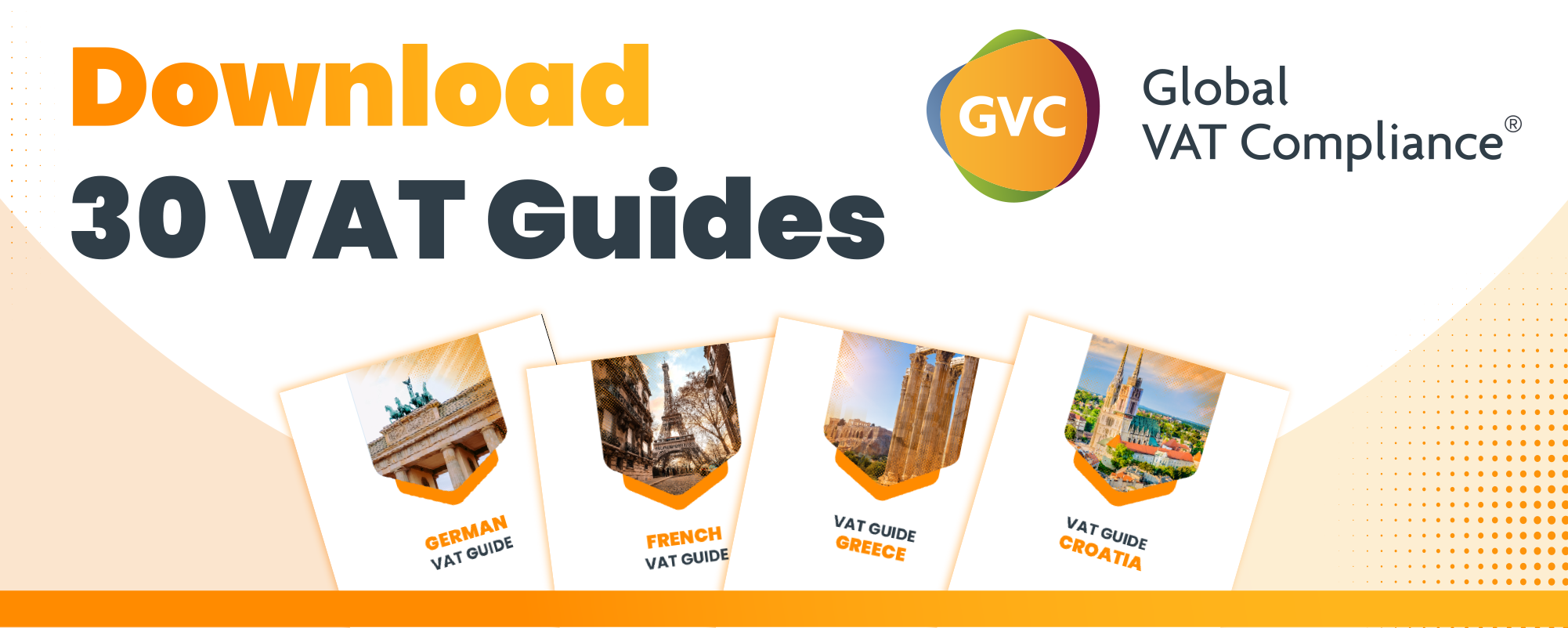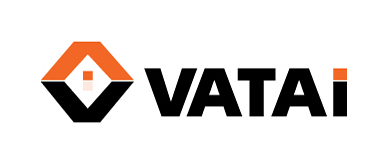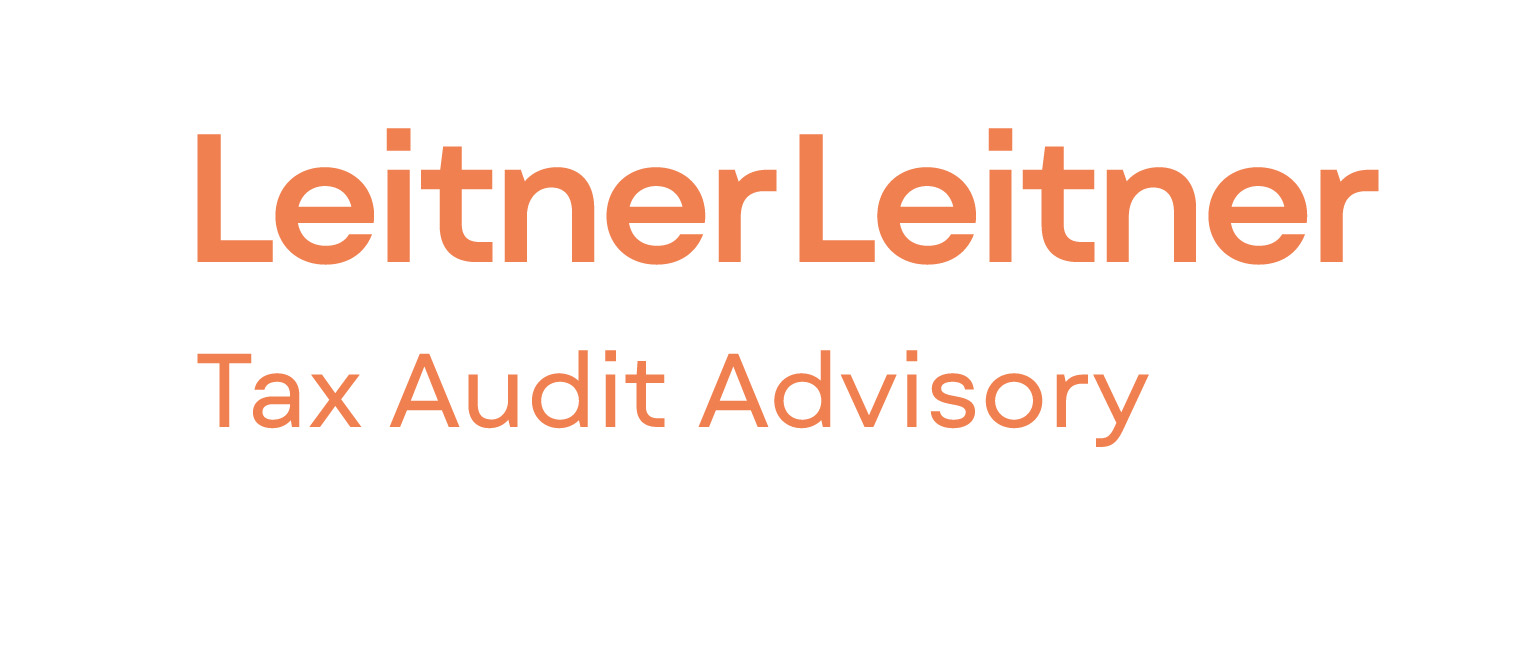- Continuous Transaction Controls (CTCs) involve real-time transmission of invoice data to tax authorities.
- CTCs aim to modernize VAT compliance and increase transaction transparency.
- They represent a shift from periodic returns to live reporting for businesses in multiple jurisdictions.
- CTCs are introduced to reduce VAT fraud and improve revenue collection.
- Traditional VAT reporting is prone to errors and delays.
- CTCs require businesses to send invoice data directly to tax authorities for real-time monitoring.
- Benefits for tax authorities include increased visibility and reduced fraud.
- Benefits for businesses include improved data accuracy and reduced audit risk.
- Challenges include high compliance costs and ERP integration.
- CTCs use government-mandated platforms for data collection in digital formats.
- Implementation varies across Europe with different models in Italy, Spain, Hungary, Poland, Romania, and France.
- The EU is moving towards a harmonized CTC model, but progress is slow.
Source: fintua.com
lick on the logo to visit the website
Subscribe to the FINTUA Newsletter
Note that this post was (partially) written with the help of AI. It is always useful to review the original source material, and where needed to obtain (local) advice from a specialist.
Latest Posts in "European Union"
- Commission Backs Italy’s VAT Derogation Through 2028
- Comments on GC T‑575/24 – AG – Contrary to EU law if services provided to members are regarded as internal acts
- Comments on ECJ C-515/24 (Randstad España) – AG – Introduction of exclusion of VAT deduction of representation expenses by Spain not contrary to EU law
- Briefing Document & Podcast: VAT concepts ”Chain Transactions” & ”Triangulation” explained based on ECJ/CJEU cases
- Comments on ECJ C-744/23: No-Cure-No-Pay Services Are Subject to VAT




